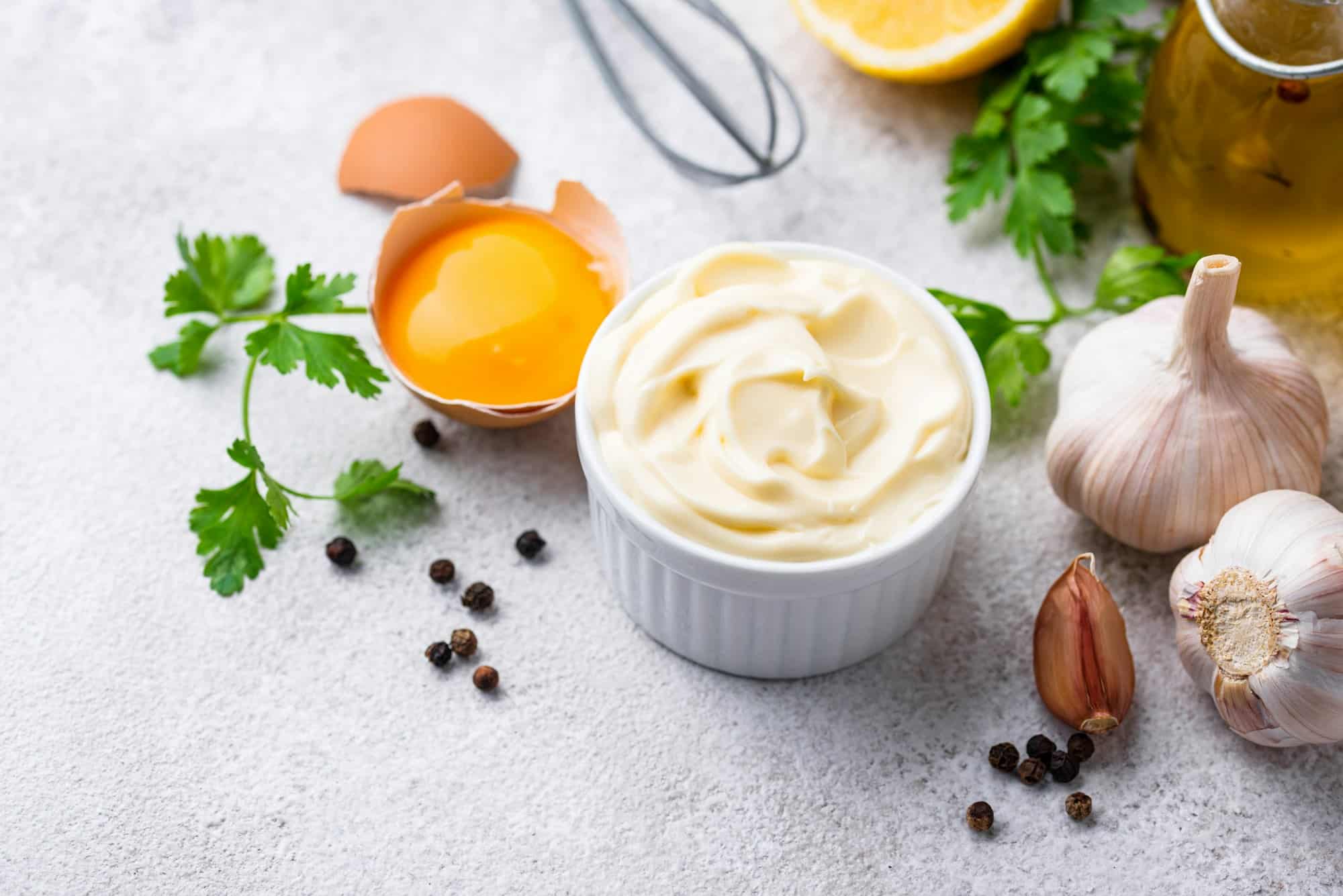What Are the Techniques for Perfectly Silky Homemade Mayonnaise?

When it comes to condiments, mayonnaise stands out as one of the most versatile and essential of all. From sandwiches to salads and from dips to dressings, the creamy texture and unique tang of mayo add a delightful layer of flavor to an array of dishes. However, store-bought mayonnaise often lacks the freshness and quality of homemade ones. If you’re craving the perfect, silky, homemade mayo, you’re in the right place. We’ll take a deep dive into the techniques to create delectable mayo from the comfort of your home kitchen.
Choosing the Right Ingredients
The first step to making homemade mayonnaise is to choose the right ingredients. When it comes to quality, homemade mayo is leagues ahead of its store-bought counterpart. However, the quality of your mayo is directly proportional to the quality of your ingredients.
Additional reading : Discover the finest french butter at epicerie corner
The primary ingredients of mayonnaise are egg yolks, oil, acid (usually vinegar or lemon juice), and seasoning, typically mustard and salt. The type of oil you use will significantly impact the flavor of your mayonnaise. Olive oil has a strong flavor and can sometimes overpower the subtle tastes of the other ingredients. On the other hand, canola oil or sunflower oil has a more neutral flavor, making them ideal for mayo.
Eggs are another crucial component of mayo. They act as an emulsifier, helping blend the oil and acid together to form a creamy, stable sauce. Fresh, organic eggs tend to yield the best results.
Additional reading : How to Craft a Gourmet Spicy Tuna Roll with Fresh Sushi-Grade Fish?
Lastly, the acid used can be either vinegar or lemon juice, depending on your preference. The acid helps break down the egg yolks and mustard, enabling them to better bind with the oil.
Mastering the Emulsion Process
Emulsion is the process of combining two ingredients that naturally resist each other, creating a seamless blend. In the case of mayonnaise, you’re emulsifying oil into egg yolks.
The key to a successful emulsion is to add the oil slowly at first. This process will ensure that the oil droplets are small enough to stay suspended in the water from the egg yolk, creating a stable emulsion.
Start by whisking the egg yolks alone until they’re broken up and begin to lighten in color. You can use a blender or food processor to make this process easier. Once they’re ready, you can gradually add the oil.
Start with just a few droplets, whisking or blending continuously. As the emulsion forms, you can begin to add the oil in a slow, steady stream. If you add the oil too quickly, the emulsion will break, leaving you with a separated mess rather than a creamy mayo.
Incorporating Flavor with Mustard and Acid
After you have your emulsion base, it’s time to incorporate flavor with mustard and acid. Mustard not only provides a tangy depth of flavor, but it also helps with the emulsification process.
Add about a teaspoon of mustard to your egg-oil emulsion and whisk it in thoroughly. For the acid, you can use either vinegar or lemon juice, depending on your taste preference. Add the acid slowly, about a teaspoon at a time, whisking continuously.
The level of tang you want in your mayo is entirely up to you. Keep tasting your mayo as you add the acid, and stop when you’re satisfied with the flavor.
Adjusting the Texture and Seasoning
The final step in making homemade mayonnaise is to adjust the texture and seasoning. If your mayo is too thick, you can thin it out with a little water or more lemon juice.
Season your mayo with salt to taste. You can also add other seasonings like black pepper or garlic powder to make your mayo more flavorful.
Remember, making homemade mayonnaise is an art, not a science. Feel free to experiment with the proportions and ingredients to create your perfect mayo.
Storing Your Homemade Mayonnaise
After you’ve crafted your perfect mayo, it’s time to store it properly for future use. Homemade mayonnaise can last up to two weeks in the refrigerator. Always store your mayo in a clean, airtight container to prevent any contamination.
Remember that homemade mayo does not have the same preservatives found in store-bought versions, so it’s essential to keep it chilled and consume it within the recommended timeframe.
Making homemade mayonnaise is a simple yet rewarding process. Not only will you end up with a condiment that’s fresh and free of preservatives, but you’ll also have the satisfaction of crafting it to your unique flavor preferences. Once you’ve mastered the basics, you can start experimenting with different oils, acids, and seasonings to create an array of homemade mayo recipes.
Using the Right Tools
While making homemade mayonnaise, the tools you use can also play a significant role in achieving the right texture. A good immersion blender or food processor can save you from the manual labor of whisking and ensure a smoother, creamier result.
Start by putting your egg yolks in the blender or food processor. With the appliance running, slowly pour in the oil. The key is to add the oil in a thin stream to ensure it emulsifies correctly with the egg yolks. This technique also helps prevent the mayonnaise from splitting.
Remember, the goal is to blend the ingredients until you achieve a thick, creamy consistency. If your mayo is too thin, you may need to blend it a bit longer. If it’s too thick, adding a bit of water or lemon juice can help achieve the desired consistency.
You can experiment with different tools as well. Some prefer to make their mayo using an electric whisk, while others swear by the traditional method of a simple bowl and whisk. Choose the method that works best for you.
Experimenting with Different Flavors
Once you’ve mastered the basic mayonnaise recipe, the fun truly begins. This is where you get to add your personal touch and create a concoction that suits your palette perfectly.
You can experiment with different types of oils. For a healthier twist, try using avocado oil instead of the traditional olive or canola oil. However, be aware that each oil brings its unique flavor to the mayonnaise, so choose one that complements the other ingredients.
You can also try different types of acid. While lemon juice and vinegar are the common choices, you can use lime juice or different types of vinegar, like apple cider or white wine vinegar, to add a unique tang to your mayo.
Adding different herbs and spices can also elevate the flavor of your homemade mayonnaise. Try adding garlic, paprika, dill, or even chipotle peppers for a spicy kick. The possibilities are endless!
Conclusion
Mastering the art of making homemade mayonnaise is a rewarding culinary adventure. Not only does it allow you to control the quality of the ingredients, but it also enables you to craft a condiment that’s tailor-made to your taste buds.
Remember, it’s all about using quality ingredients, mastering the emulsion process, and adding your unique touch. Start with the basic recipe, and then feel free to experiment with different oils, acids, and seasonings.
Whether you’re a seasoned chef or a home cook, making homemade mayo is a skill worth having. So, roll up your sleeves, grab your egg yolks, olive oil, and lemon juice, and whip up a batch of creamy, tangy, perfect mayonnaise today!
